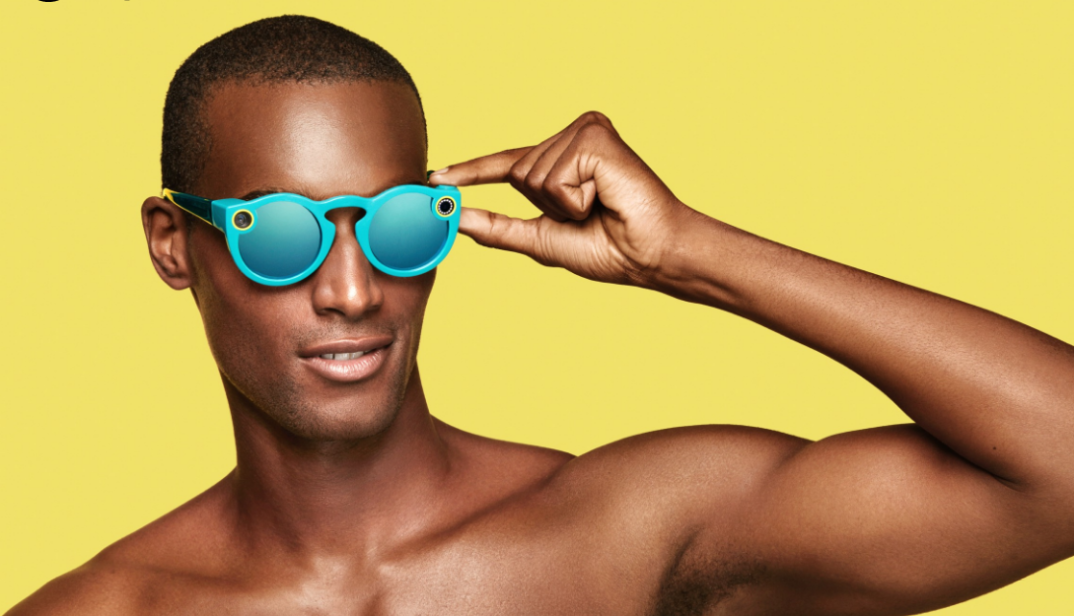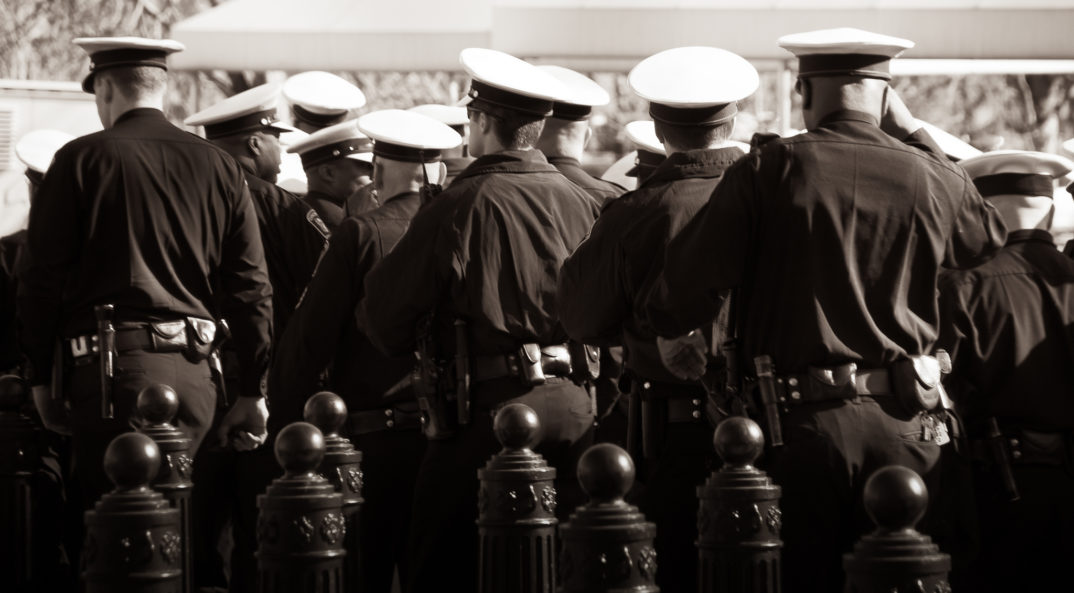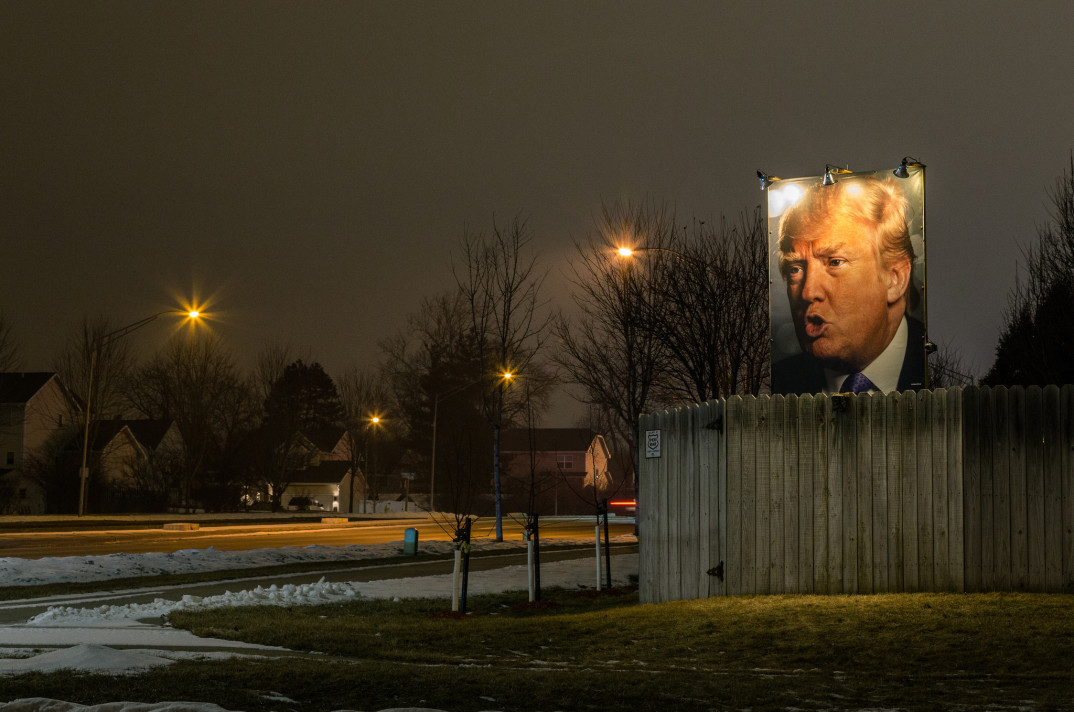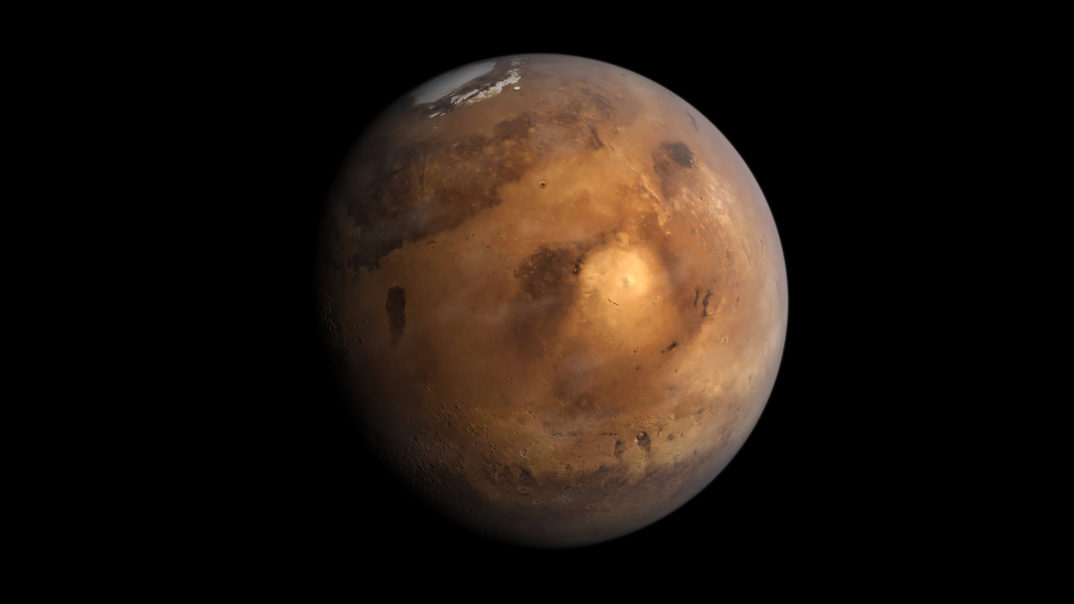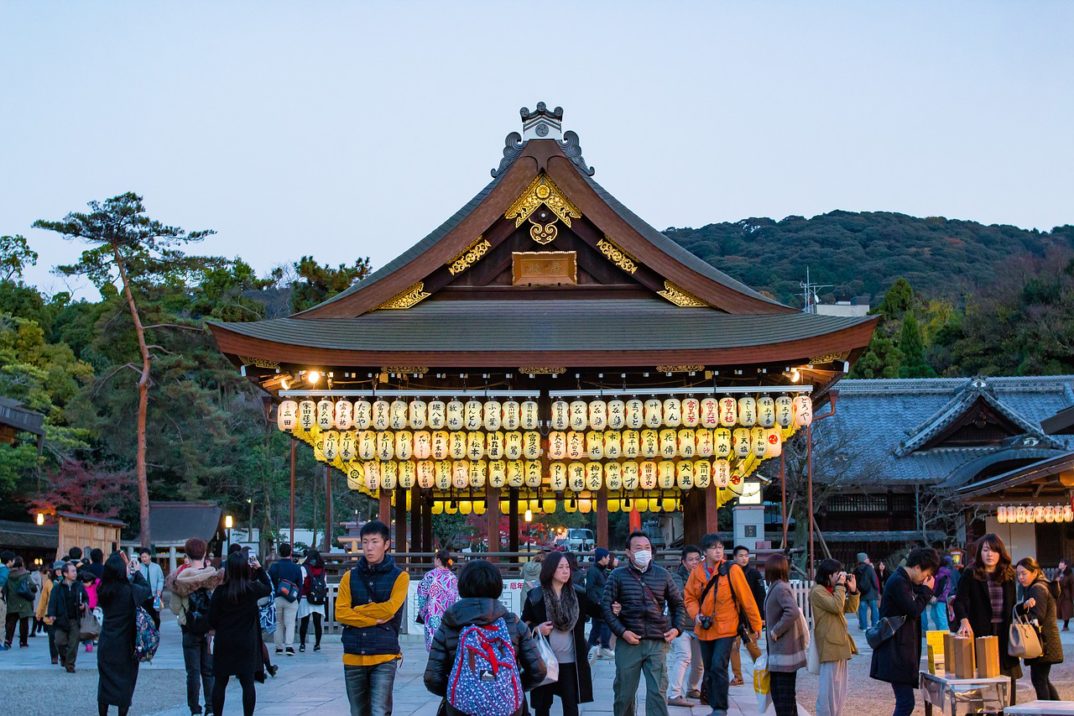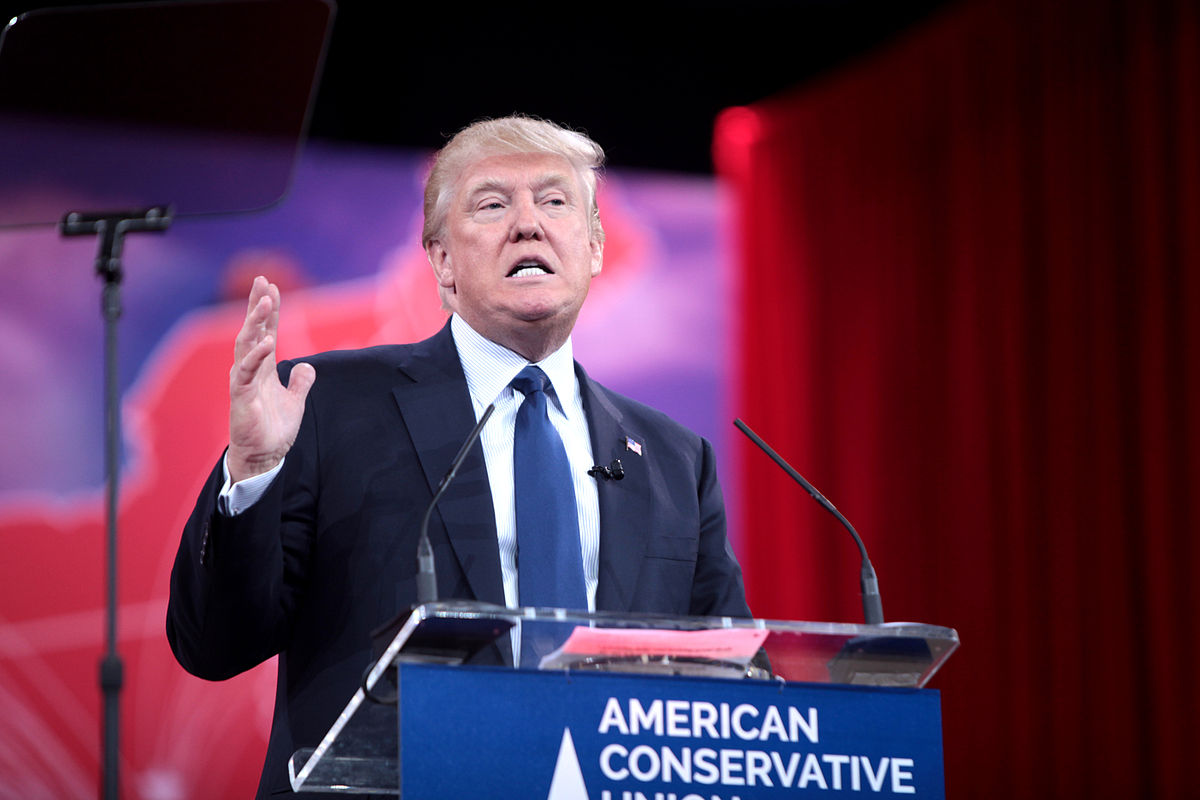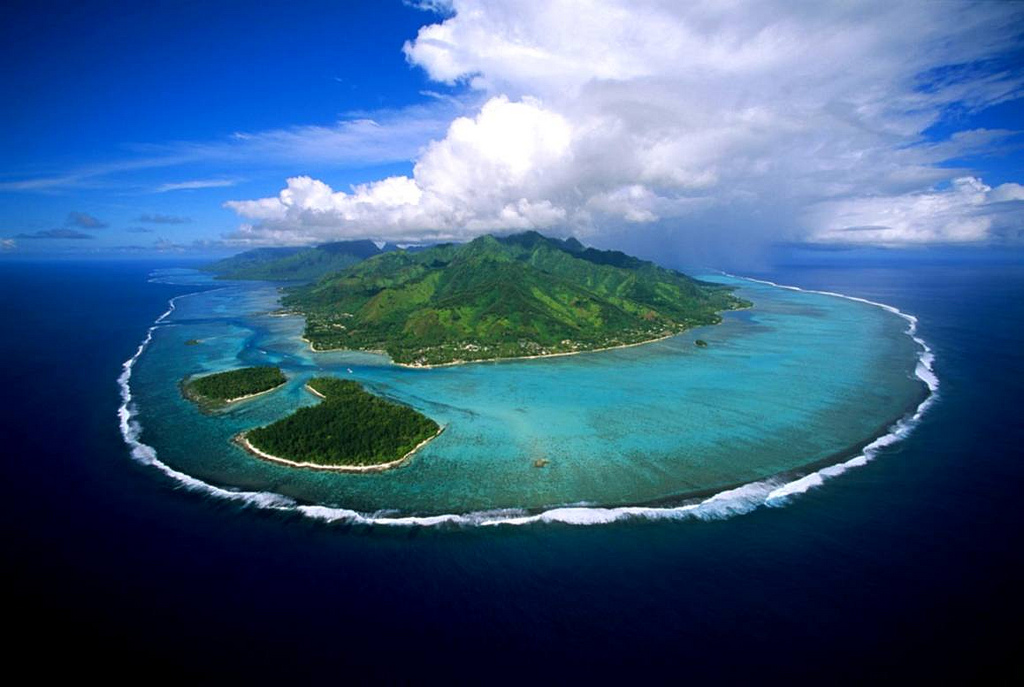In late September, New York seized the largest amount of ivory in state history, with an estimated worth of $4.5 million- but the perpetrator is not who you might imagine. Unlike many recent seizures, this ivory was not in the form of tusks, but instead valuable antiques. When imagining the production and sale of ivory, poachers, criminals and the black market comes to mind. However, the impact of antique ivory, sold and collected by museums and curators, is often left unconsidered in the ivory debate. With new calls for total bans on ivory in France, the U.K., and Kenya, it is time to face the question of what role antique ivory plays in the endangerment of elephants.
Snapchat Specatacles and Changing Norms of Privacy
Snapchat has expanded out of your phone and onto your face.
After changing their company’s name to Snap, Snapchat is now ready for the release of their Spectacles, fashionable glasses with a built-in camera that can upload images and video to your phone or computer.
Continue reading “Snapchat Specatacles and Changing Norms of Privacy”
“Broken Windows” Policing and the Role of Police
What does it take to make people feel “safe” in their communities? Proponents of police reform have struggled to find a middle ground between the legal and physical protection of the implicated and the interests of communities with high crime rates. Policies like New York City’s infamous “stop and frisk” laws have been proven to both increase arrests that become convictions as well as target people of color, while independent policing models implemented in Native American, First Nation and other Indigenous populations have enabled these people’s legal sovereignty but left internal populations at serious risk.
Continuing police reform efforts all seem to beg the question: just what do we expect of the police?
Continue reading ““Broken Windows” Policing and the Role of Police”
Evaluating Donald Trump’s “Straight Talk”
It seems every time Republican presidential nominee Donald J. Trump takes the stage, something he says is met with outrage. These inflammatory statements range from harmless hogwash to potentially misogynistic or racist judgments. His competitor, a seasoned politician who understands the consequences that result from disregard for political norms, does not have these problems. Hillary Clinton chooses her battles and words with caution.
Continue reading “Evaluating Donald Trump’s “Straight Talk””
Martian Morals: Protecting the Possibility of Extraterrestrial Life
Newsflash: Mars could possibly support terrestrial life. But that terrestrial life might jeopardize ever finding indigenous Martian life — because that could exist too.
Continue reading “Martian Morals: Protecting the Possibility of Extraterrestrial Life”
Me Before You: Portraying Euthanasia in Film
In early June, Me Before You, a film set in a small town just outside modern-day London, was released in theaters. The movie depicts a budding relationship between a young woman and a man from vastly different backgrounds. Lou has been trapped in the same town her whole life doing the same mundane tasks, while Will lived a lavish life of adventure and exhilaration until it was altered drastically after a motorcycle accident. The accident caused him to become a quadriplegic, ending his life as he knew it.
Continue reading “Me Before You: Portraying Euthanasia in Film”
Multiracial Representation in Japan
In March 2015, a daughter of Japanese mother and African-American father, Ariana Miyamoto, was crowned Miss Universe Japan. In September 2016, a daughter of Japanese mother and Indian father, Priyanka Yoshikawa, was crowned Miss World Japan. Both are the first biracial representatives of Japan on the stage of international competitions. While it is a celebratory news, some controversy has arisen amongst the Japanese about sending “non-Japanese” people into the world to represent Japan.
The Moral Hazard Hidden in Trump’s Tax Returns
On Saturday, The New York Times released part of Donald Trump’s 1995 tax returns that revealed over $900 million in business losses and concluded that Trump could have avoided paying any federal income taxes for 18 years, deducting up to $50 million a year from his taxable income each year.
If true, Trump may have avoided paying up to $360 million in taxes over 18 years.
Continue reading “The Moral Hazard Hidden in Trump’s Tax Returns”
Trump and the Latin American Left: Strange Bedfellows
Back in July, during the Republican National Convention, some strange images circulated on the internet. Some tough-looking, blue eyed, blond cowboys, held signs with the curious phrase, “Latinos para Trump.” Obviously, something was not right about these pictures. Although Latinos are an ethnicity and not a race, and there are plenty of blue-eyed, blond Latinos, those holding the signs just didn’t look like the conventional Latino one would expect to find in the United States.
Continue reading “Trump and the Latin American Left: Strange Bedfellows”
A Post-Antibiotic Era: Antibiotics and Food
Since the 1950s, the agricultural industry has used antibiotics as a precautionary measure to prevent widespread infection in the crowded, restrictive settings of a food animal farm. Antibiotics are readily available, low cost, and promote profitable weight gain in food animals compared to other capable forms. Approximately 80% of all antibiotics sold in the United States can be traced back to agricultural usage and many overlap with the antibiotics used to treat human illnesses. The World Health Organization classified several growth-promoting antibiotics utilized by food corporations as critically important to human medicine. The FDA does not strictly regulate the use of antibiotics for agricultural purposes.
Continue reading “A Post-Antibiotic Era: Antibiotics and Food”
Disney’s Moana and Cultural Appropriation
The soon-to-be newest Disney movie, Moana, will be a refreshing addition to Hollywood’s animated films. Set in the Pacific Islands, a Polynesian protagonist sets out on a journey to save her people, discovering her own identity and potential along the way. Disney has released a trailer for the film, which is scheduled to premier in late November. As a corporation potentially making over a billion dollars from this film, Disney teeters a fine line between cultural appreciation and appropriation. It has an obligation and responsibility to maintain cultural accuracy and respect. Though Disney claims that it “has taken great care to respect the cultures of the Pacific Islands that inspired the film,” it did not apply that same diligence to its marketing strategies and has already made a massive blunder in a profit-driven move. Though the movie will come out in November, Disney began offering costumes of the characters in time for the Halloween season. The costume of Maui, the demigod who assists Moana on her journeys, has galvanized people to speak out about the costume’s inappropriate representation of the Polynesian culture, inducing Disney’s decision to issue an apology and pull its product from the market.
Continue reading “Disney’s Moana and Cultural Appropriation”

